Natural hair trends are finally pushing the beauty industry to look for safer, more natural hair solutions for curls. Research into chemical styling products and processes is also picking up as an increasing amount of scientists are taking on the task of testing hair product ingredients often found in straightening relaxers and colorants. A recent study conducted by the Silent Spring Institute has determined that a slightly higher incidence of serious health concerns is present in connection with hazardous chemicals currently used in many hair care products; chemicals which for the most part are “untested and largely unregulated.” But there’s good news! Progress is being made as many “endocrine-disrupting” chemicals have already been banned in the United States under Proposition 65, and more women are now interested in protecting their natural hair texture.

Searching For Good Products
Though the industry may be on its way to cleaning up its act, it’s probably a good sign that the trend in natural hair continues to thrive, and that many are reaping the benefits of natural hair care. For those with certain hair textures, transitioning from relaxed to natural hair requires significant time and consideration. In these cases, the hair is in a delicate state after being exposed to heat-treated and chemical styling for such a long time. For this reason, it’s a good idea to find a milder sulfate-free shampoo that helps to retain moisture in the hair. A sulfate-free cleanser may not lather like a regular shampoo, but don’t be surprised, they’re still effective and much gentler on relaxed and color-treated hair.Deep conditioning is one of the most important aspects of natural hair care, and there are plenty of conditioning natural hair products on the market utilizing organic ingredients such as coconut, sunflower seed oil, and aloe, which make for extremely soft and pliable hair that is easy to style. Bamboo, biotin, and avocado are excellent moisturizing, healing, and strengthening agents. For your softest, healthiest curls, we recommend leaving products with these ingredients in your hair throughout the day or deep conditioning for at least 20 minutes before rinsing. Any products formulated for detangling are ideal for protecting the hair shafts from breakage, especially when trying to style vulnerable, wet hair.
For the past few years, natural hair has been slowly coming back in a big way and for good reasons, whether they be personal, political, or an empowering mix of both. With a greater number of natural hair products available, transitioning to natural hair has become much more attainable than it used to be!
Natural Products For Natural Hair
As with skin, oil is probably one of the most effective moisturizers one can use and is a cornerstone of natural hair care. Applying an oil to your hair in addition to other protective hair products is a great way to smooth the hair follicles, prevent breakage, and encourage new growth. Hair oils seep into the hair shaft to moisturize and strengthen, and they can be used frequently, although we always recommend testing a product first and using oils as needed. You can maximize the effects of oils by rubbing them into the scalp, roots, and throughout to the ends. For dry hair, use fatty oils like monoi oil (made with coconut oil) and castor oil. For finer hair that is prone to breakage, consider bamboo products to strengthen hair and promote thicker, fuller hair growth. Argan oil, loaded with vitamin E and fatty acids, is excellent for coarse hair and is not greasy to the touch once it’s on the hair. Coconut oil is perfect for all hair types and for weekly use to replenish nourishment to breakage-prone hair. For those with itchy sensitive scalps, allergies, or conditions like dermatitis, and psoriasis, peppermint essential oil can provide some much-needed relief while helping to balance and repair the scalp.
While there are a growing number of African American scientists formulating black hair products, it may also be helpful to consider hair growth vitamins to encourage healthy, growth from the very start! Biotin is the most popular ingredient in the majority of hair supplements. Biotin is a B vitamin that helps the body to synthesize protein, a building block of hair, and facilitates the metabolism of fats and glucose. A good hair growth supplement should also contain some combination of keratin, vitamin E, vitamin B, vitamin C, antioxidants, calcium, iron, and zinc, which are some of the best ingredients to improve the elasticity of the hair follicle.

Seasonal Styling
The elements of the seasons can present new opportunities and challenges when seeking protective hairstyles and products. Natural style à la wintertime should ideally incorporate products that provide protection and hold in moisture all day.Hair accessories during the winter can be cute and feminine, since it’s more appropriate to wear bright gold ornaments, and colorful headwraps. Bobby pins are lately becoming a standout accessory unto themselves because they help to hold styles in place and look great in silver, gold and with jewel-like ornamentation. Meanwhile, scarves are a great way to achieve that effortlessly elegant look so characteristic of the winter. Try using a scarf or bandana as a focal point of a loosely worn style that is only in need of an accent or use it more functionally to sweep the hair in a top bun and keep hair off of your face during a active day. Any way you choose to wear them, scarves and headwraps will always be a perfect protective style that can easily go from casual to glamorous in an instant.
Alternatively, show off your natural hair by slicking it back with a moisturizing styling cream that will not only protect your hair from the sun and heat, but will also keep everything in place with no fuss. Parting your hairstyle in new ways can also create drastically different looks; multiple sections create the space for twists, braids, and knots that will look very spontaneous and playful while also protecting your hair from damage. Try out any of these fun styles that will also keep your natural hair protected, beautiful, and out of the way so you can work hard and play hard: the halo braid, a faux-afro puff, Havana twists, flat twists, bantu knots, or loosely twisted updos.
What About Weaves?
Weaves are a popular protective style when transitioning to natural hair, and you’ll often hear stories from other women that their hair grew out quickest while they had a weave. You can be one of those success stories too, as long as you take proper care of your hair under the weave!
The biggest advantage wearing a weave gives your natural hair is the near-complete protection from manipulation and natural elements. With a weave, you can style your hair virtually any way you choose, and you won’t have to expose your delicate, natural hair to heat or harsh products to achieve the look you want. You can cut and color and style without fear! Wearing a weave also acts as a shield to everyday elements that can threaten your hair such as sun-exposure, dry weather, and even certain types of clothing. Even more importantly, wearing a weave can give you peace of mind and confidence while you wait for your natural hair to grow; not everyone is comfortable with super short hair and not everyone is patient enough for the slow process of hair growth, and that’s okay! Everyone should feel beautiful, regardless of where they are in their natural hair journey.
With all this in mind, it’s important not to forget about your natural hair underneath the protective weave. As with braids, extensions, and ponytails, having a weave installed too tightly can cause stress on the hair strands and sometimes result in traction alopecia if not immediately addressed. When it comes to weaves, it’s always best to seek out a well-regarded professional hair stylist with plenty of experience with natural hair and weaves; it’s not the sort of job you give to a stylist you know nothing about or, worse, an inexperienced friend or family member!
Additionally, you will need to keep up a regimen for your natural hair besides the regimen you use to care for your weave. To prevent dryness of the hair and scalp, wash and deep condition your hair prior to getting a weave. Also consider using growth oil to strengthen existing hair and future growth. Once the weave is installed, continue using a conditioning serum daily on the hair near your scalp, wash weekly with a dry shampoo for ease, and apply a gentle anti-itch serum to soothe the scalp and avoid accidentally scratching and damaging your sew-in (you’ll also avoid the obvious weave give-away that is “The Pat”). If you follow these care tips, a weave is a good protective style that can help you grow longer, healthier hair before you know it!
With this much variety available in protective styles for natural hair, you can discover something to suit your personal look and keep your natural hair strong and healthy. Don’t ever be afraid to switch it up and try something new to show off your beautiful, natural hair!
WRITE FOR US
Think you've got a fresh perspective that will challenge our readers to engage and educate themselves on how to attain a healthier self, hair and skin included? We're always looking for authors who can deliver quality articles and blog posts. Thousands of men and women will read your work, and you will level up in the process.
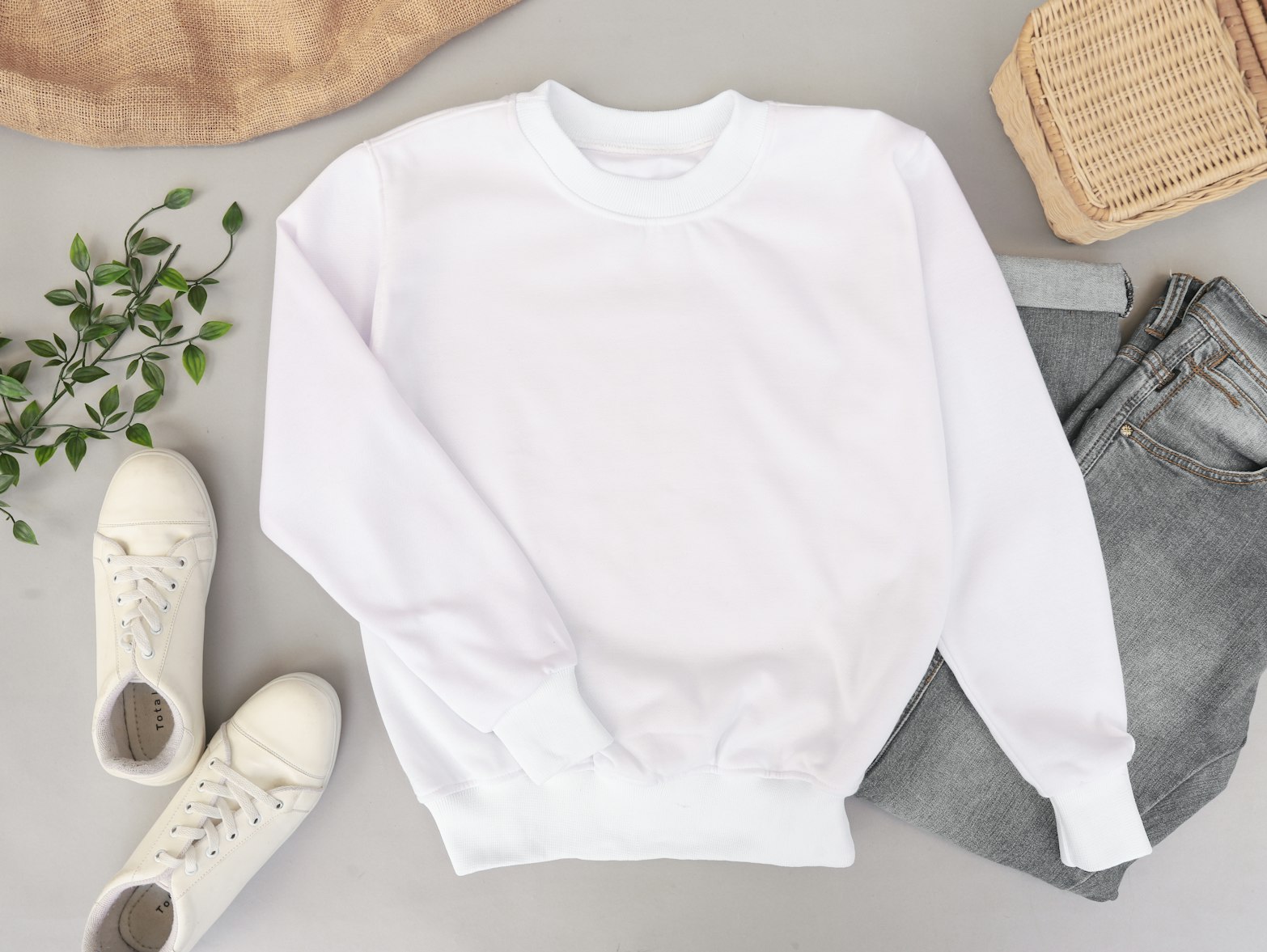
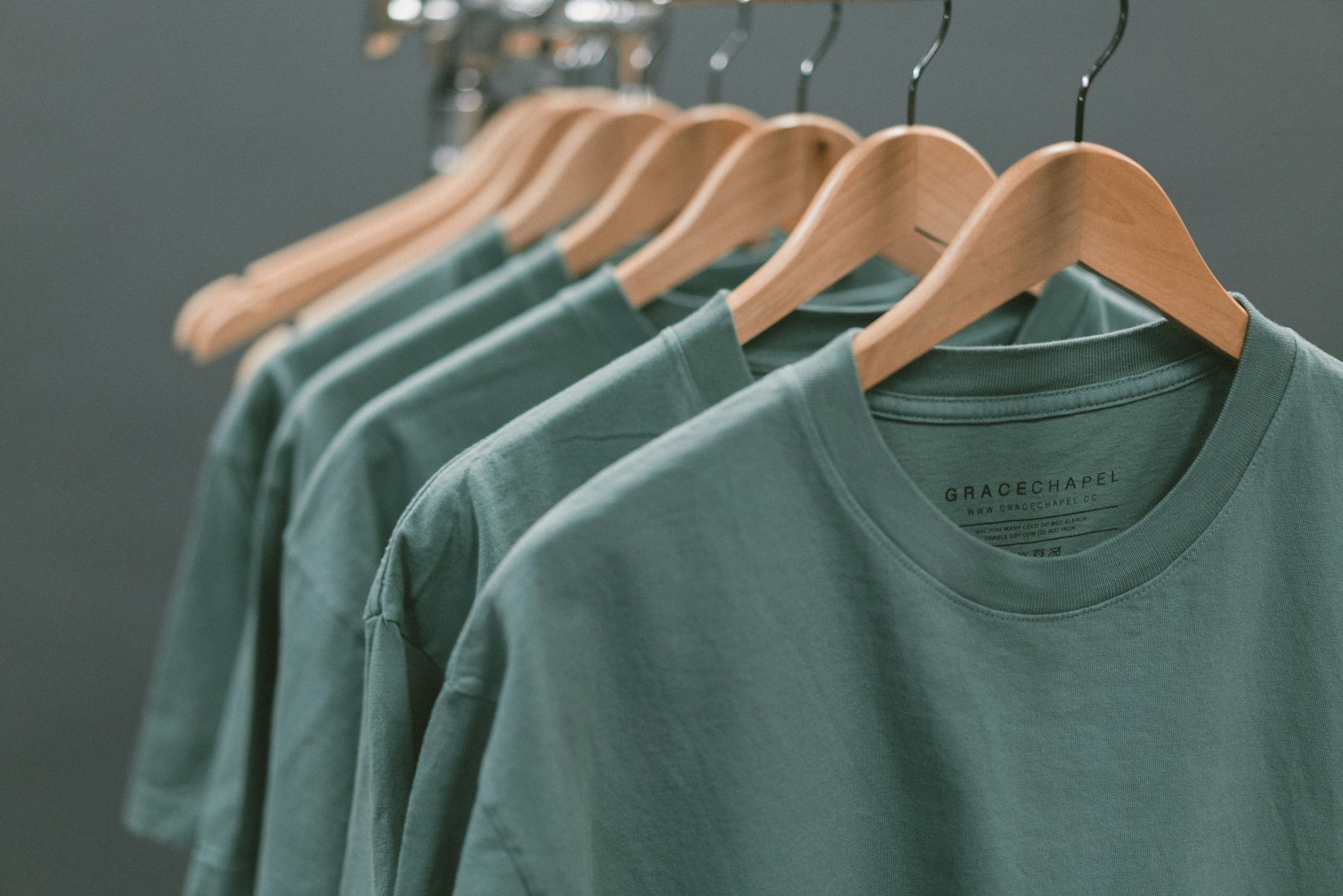
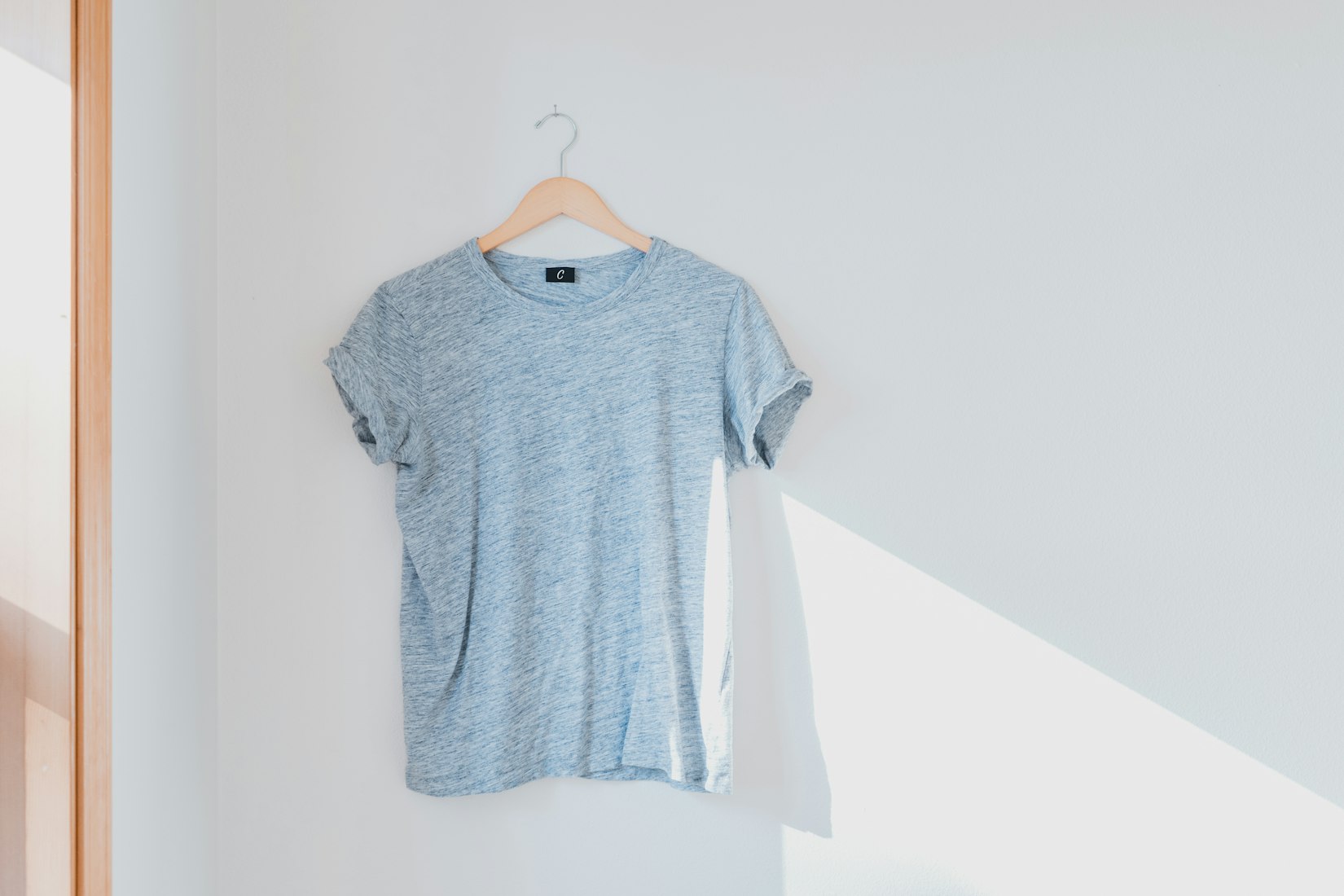
 English
English Arab
Arab
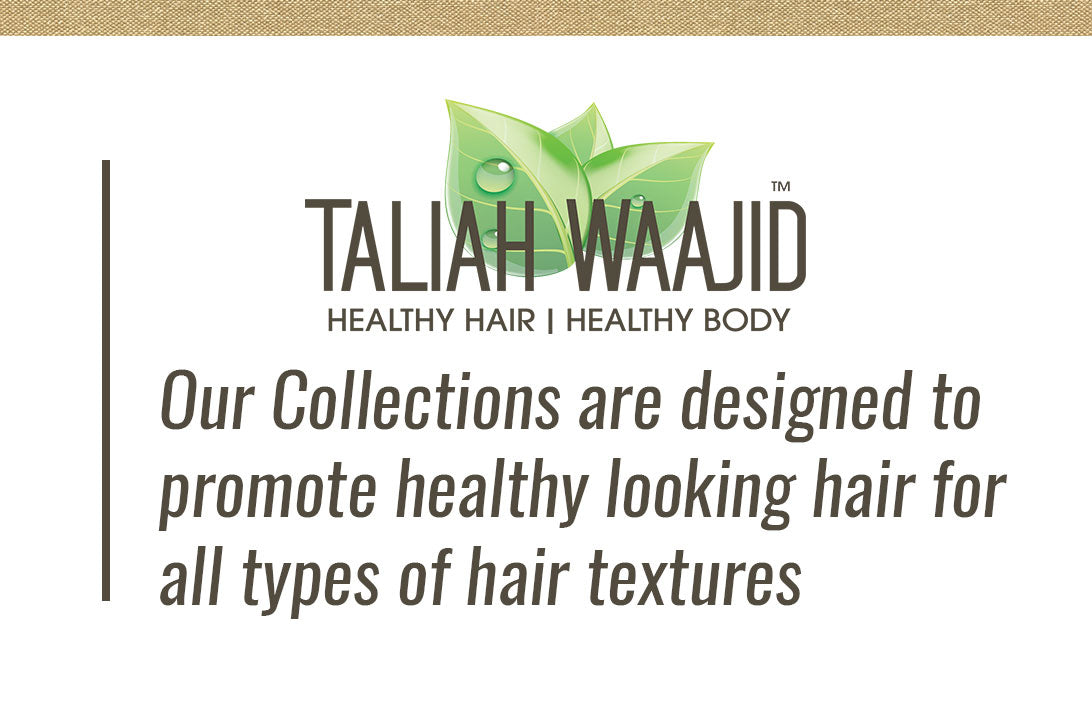
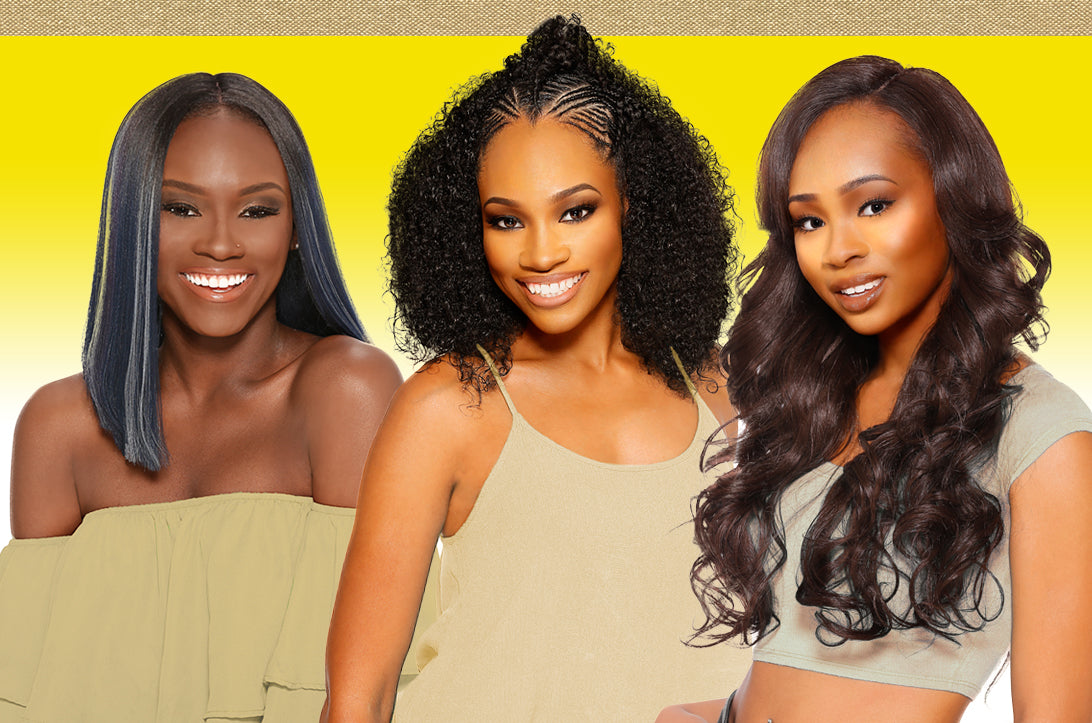






Hello I attended braid classes way back in possibly 1996 and some of my video tapes are ruined how can I purchase old and or new videos or dvd’s from you? Also do you have a intern program where I can work with you for three months for free or anything close to that to gain experience?